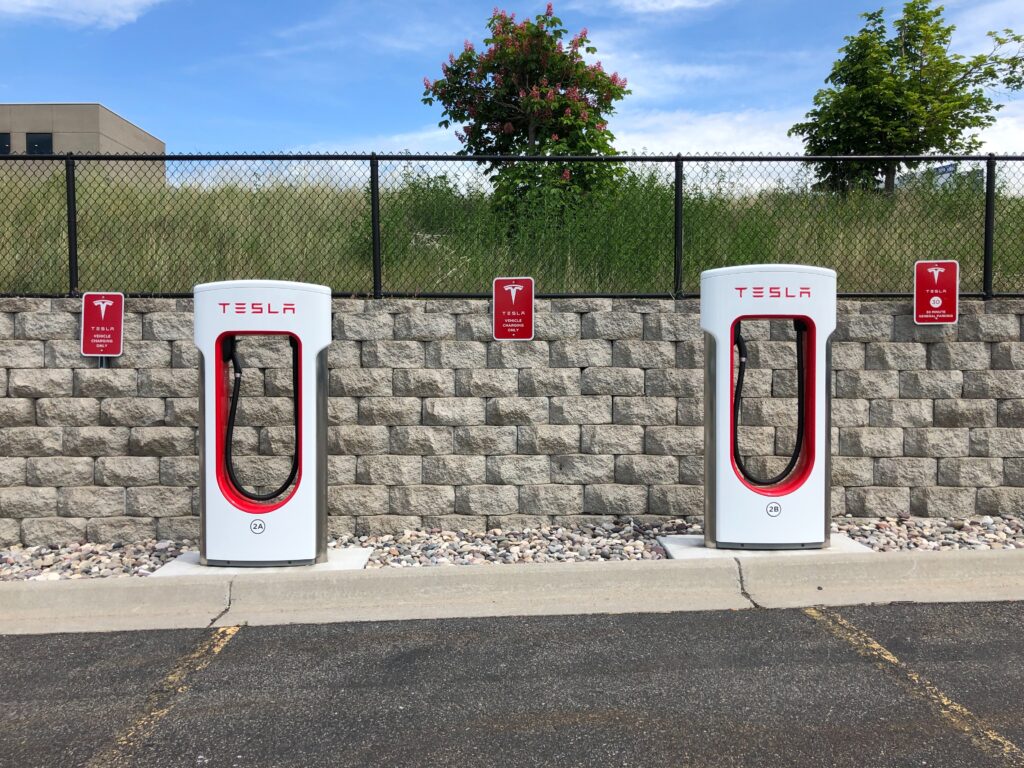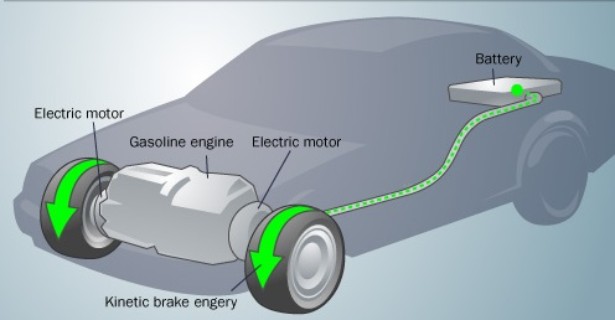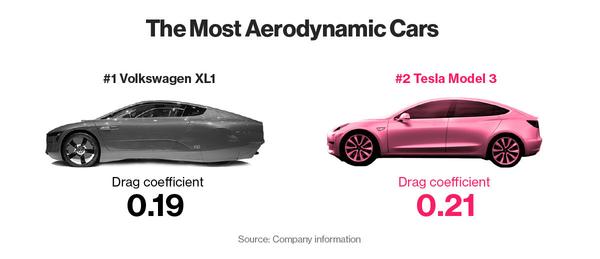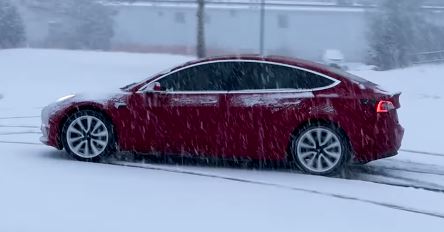Owning a Tesla is a great experience. Electric vehicles do feel like the future of transportation. However, we can’t forget that EVs are still at an early stage, and battery-powered cars have a few drawbacks compared to traditional automobiles. The maximum range of a Tesla is still lower than most gas-powered vehicles.
Due to the nature of electric vehicles, the range can be a serious limitation as batteries cannot be “filled up” in a few seconds from a gas pump. While superchargers are becoming more common, range anxiety is a real thing when especially when outside urban centers.
The following is a list of factors that will help you understand what affects range in any Tesla vehicle and adjust your driving habits accordingly to get the maximum range possible in the summer and the winter.
Factors that affect the maximum range in a Tesla

Cruising speed
Tesla owners found that cruising at about 30 mph is where the absolute maximum range can be achieved with a Tesla. No one wants to drive at 30 mph on the highway, but driving slower will increase your range. Cruising at 60 mph instead of 80 mph on the highway when traffic conditions allow it will make a significant difference.
Tires

Tires are the most influential element in increasing or reducing the range in any vehicle. Appropriate tire pressure is important not only for safe handling, grip and tire lifespan but also to reduce rolling resistance. Temperature changes between seasons can significantly alter tire pressure. Make sure to monitor all of your tires have the recommended pressure (or slightly more) at all times. Teslas are equipped with tire pressure monitoring systems that can be accessed from the screen.
Air Conditioning
Air conditioning plays a significant factor in the range, especially in gasoline-powered vehicles. AC usage can go unnoticed in electric cars, and here is why: air conditioning is used in warm weather, but warm weather also increases efficiency. For improved range, setting the air-conditioning at a higher (warmer) temperature uses less energy and improves the distance you can drive for. Having the AC on ice-cold the whole trip will lower the possible range than just having it set at a comfortable moderate temperature.
Cabin Heating
This can lower the range by as much as 15%. Gasoline-powered vehicles have an advantage as internal combustion engines can act as a heater. Traditional engines produce a lot of extra heat; this is used to heat the cabin efficiently.
Teslas use electric-powered resistances to warm the cabin up, and these can use quite a significant amount of battery juice. Seat heaters also use a similar amount of energy. If you want to get the absolute best range, dress warmly, use the heat as minimum as possible, and preheat the cabin before driving.
Cabin pre-cooling
While still plugged in, set the inside air temp to your preferred temperature before driving. Cooling the cabin while the vehicle is still plugged should be done when possible. Not only the possible range increases, but the cabin will be at the desired temperature when getting into the car.
Scheduling charging
Scheduling the charging time to finish right before driving off helps to get battery temperature ready before even starting driving. If planning on leaving at 9:00 am, schedule the charging accordingly to finish close to that time. This is important as the battery will be at operating temperature when leaving.
Regenerative braking

Electric motors limit how much energy can be sent back into the battery pack, and backing off the accelerator hard turns some of that energy into heat instead of sending it back to the battery.
To get the maximum benefit from regenerative braking, back off the accelerator very gently. This will let the electric motors capture most of that energy back and send it to the battery.
This short video will let you understand regenerative braking better:
Weight
Teslas can be immensely roomy vehicles. The Tesla Model X is a massive SUV that can fit everything you throw in it. Some owners turn their vehicles into some sort of cargo truck. Carrying around heavy items significantly increases vehicle weight, making the electric motors work harder to push the car around. Keep your Tesla uncluttered and free of unnecessary items as this can make a significant difference in the range that can be achieved.
Drag coefficient
Teslas are already the most aerodynamic production cars out there but exterior accessories increase drag quite significantly.

Avoid putting a roof rack on your Tesla. Sure, it will make it look cool and can be a useful storage accessory, but it decreases range. The unusual surfaces of certain Tesla accessories like a roof rack will increase aerodynamic drag. Electric motors will have to work harder, especially when cruising at highway speeds. Other accessories like bike racks can also modify your vehicle’s aerodynamic profile and lead to increased energy consumption. Removing exterior accessories is a good practice to reduce drag and increase range on a Tesla.
Tesla maximum range in the winter
Preheating the cabin
Heating the cabin while the vehicle is still plugged saves that saves the energy being taken from the battery. Preheating 10 minutes before getting in the car helps to increase the range slightly. Not to mention getting into a warm cabin will make winter mornings a lot more bearable.
Preconditioning
The built-in smart preconditioning that the Tesla Model S and Model X have is a great way to do this. To get the battery up to operating temperature, raise the battery percentage by 10% half an hour before you leave. Driving off with a cold battery won’t let the car take as much advantage of regenerative braking while it warms up.
Unavoidable factors that affect the range of a Tesla
Snow and rain
Depending on the tires being used and the amount of rain or snow on the road, the range can be significantly affected. A road covered in snow will put a higher rolling resistance on your vehicle.

This is less noticeable while driving in the rain as traffic slows down on rainy conditions.
Road surfaces
Smooth asphalt will reduce rolling resistance compared to rougher roads. Driving on a freshly paved highway versus driving on a rough older road can make a significant difference. Expect up to 10% of difference in energy consumption depending on the road surface.
Wind
Basic aerodynamic dictates that headwinds and crosswinds will increase resistance. With increased resistance, the motors are going to work harder to push the car forward. Teslas are some of the most aerodynamic cars out there, but the same principles still apply. A strong tailwind will decrease resistance and help with increasing range.
Conclusion
We all have experienced range-anxiety when driving an electric car. Tesla’s supercharger infrastructure helps a lot when staying within large urban centers and well-transited roads and highways.
Most of the recommendations here can also apply to most electric vehicles.
In areas that are not well-transited, we need to be more careful with the range. Running out of juice is not a good experience. Being aware of the factors that affect range is very helpful to not only eliminate range-anxiety when driving long distances but also making the best use of the electricity available in our vehicle’s battery.

